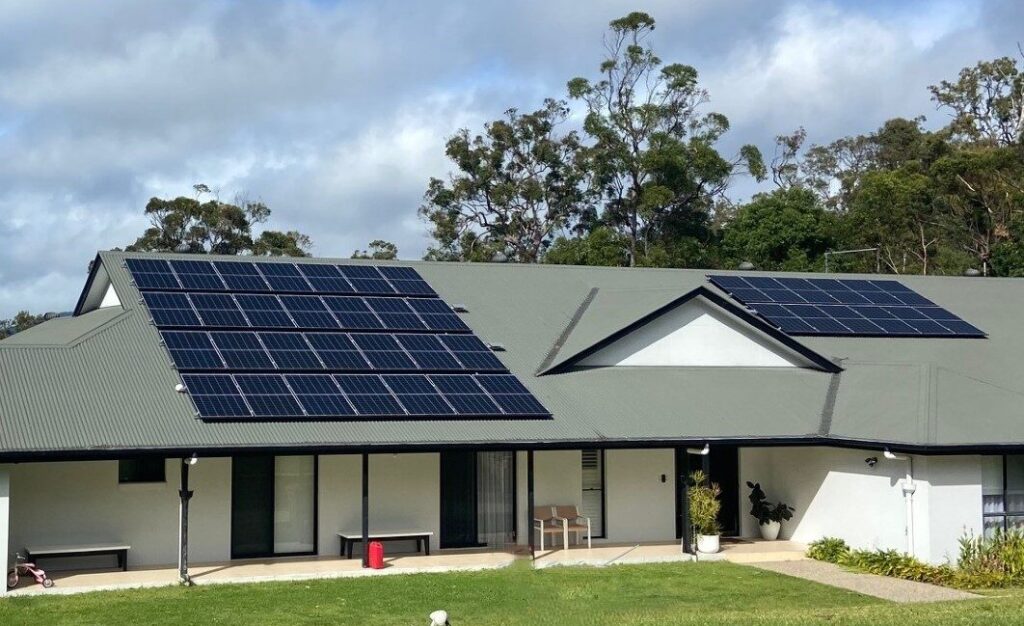Recent studies forecast Australia is on the abyss on the roof and the flowering of the household battery, predicting record-breaking installation numbers powered by falling battery and solar modules, discounts in the government and the pressure of the costs of living.
Recent studies forecast Australia is in the abyss of a battery on the roof of solar energy and household batteries, predictive Record -breaking installation Numbers powered by falling battery and solar module prices, discounts in the government and the pressure of the costs of living.
New research by Sydney -based Clean Energy Installer Green.com.au has an increase of 95% for the demand for solar installations by households from New South Wales (NSW), behind the announcement of the energy regulator that energy prices will increase by 9.7% from 1 July 2025.
Describe it as an increase well above the national average, in accordance with the mortgage costs of NSW that are 31% above the national average, the analysis of NSW residents until 188,814 solar systems in the financial year 2025/26, almost double the 97,077 systems installed in 2024.
Green founder Dave Green said that Solar has moved from a nice to a financial necessity.
“In the following year we predict nearly 190,000 new installations in NSW: Double last year,” said Green.
“If you combine an increase in the energy price of almost 10%, with the average new mortgage of the state being 31% higher than the national average, it is no surprise.”
The findings of the study show that homeowners who think about installing solar energy from 21.5% to 42% that pursues a potential $ 110 million (USD 71.5 million) annually throughout the state.
The climate council also has one Tree in the sale of residential batteries In accordance with the Battery Discounts of the State and the Government and a decrease in battery prices, it wants to find a household battery with solar energy on the roof on two Australians.
Climate councilor and energy expert Greg Bourne said that Australia already generates an excess of clean, reliable, renewable energy from the abundant sun and wind of Australia.
“So, instead of just having it waste and missing the savings, batteries will help you soak it all and use it during periods of big demand,” Bourne said. “While our transport fleet is gradually being electrified, those batteries can also help our grid and offer the system extra resilience.”
In South Australia, more than 7% of the State of the State households use battery storage, while in the Northern Territory (NT) 15.9% of the houses with solar energy also have a battery. West -Australia (WA) is in first place in the country for the number of large batteries employed or commissioned, and Victoria for the rollout of 140 community batteries,
Climate Council Fellow and Energy expert Andrew Stock said while The States are making progress In the battery storage of households, community and grid, more needs to be done and faster, to ensure that consumers pick the benefits.
“Installing more batteries means more gigawatt of renewable energy that we can store. The efficiency on investment for communities: lower accounts, less climate pollution due to polluting coal and gas, and a more resilient grid,” said Stock.
This content is protected by copyright and may not be reused. If you want to work with us and reuse part of our content, please contact: editors@pv-magazine.com.
Popular content


